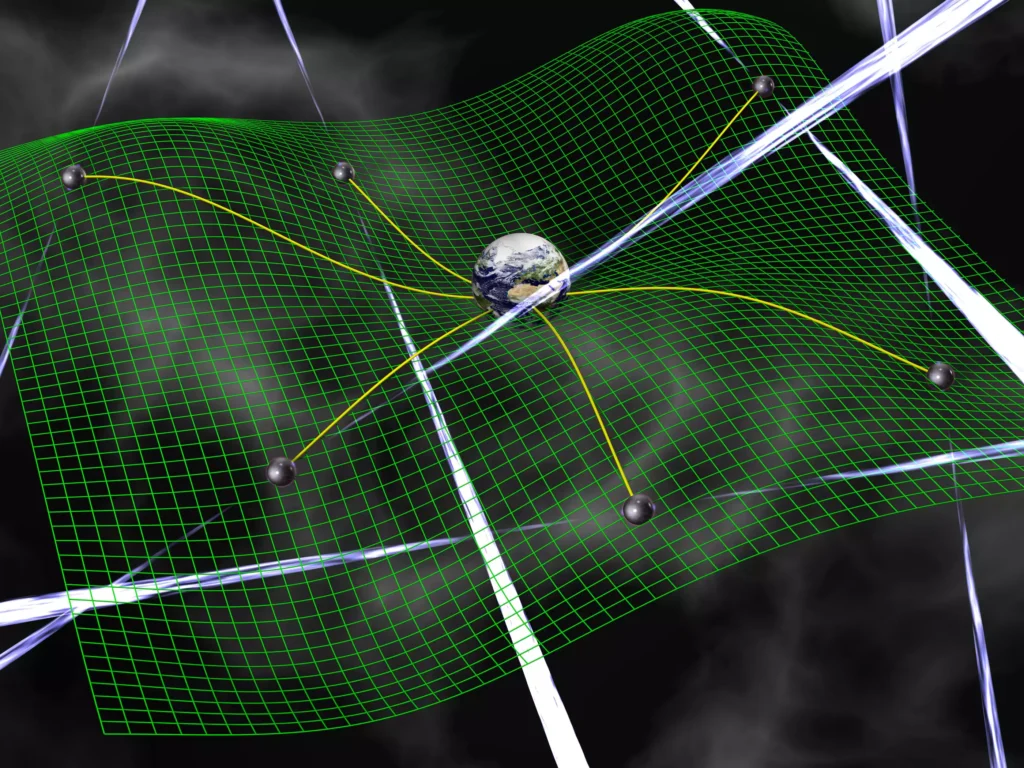

Public Lecture
A Galaxy-Sized Gravitational Wave Detector
Tristan Smith
Swarthmore College
Wed, Aug 6, 5:30–6:30pm
Data from pulsar timing arrays (PTAs) — a collection of rapidly rotating neutron stars in our galaxy — have recently provided us with a new way to measure gravitational waves. It is generally thought that the gravitational waves measured using PTAs come from supermassive black holes orbiting each other in the centers of galaxies, however they may have even more exotic origins. I will describe what it takes to construct a PTA and how the data we collect gives us insights into some of the most extreme objects in the universe.

About Tristan Smith
Tristan Smith is an associate professor of physics at Swarthmore College, a liberal arts college in suburban Philadelphia. He received his undergraduate degree from the University of Chicago and his PhD in Physics from the California Institute of Technology. He is the co-author of over 50 peer reviewed papers that explore the consequences of theories describing the early universe as well as the development of new techniques to detect and analyze gravitational waves.
Heinz R. Pagels Public Lecture Series
Heinz R Pagels was a professor of physics at Rockefeller University, president of the New York Academy of Science, a trustee of the Aspen Institute, and a member of the Aspen Center for Physics for twenty years, serving as a participant, officer, and trustee. He was also President of the International League for Human Rights. His work on chaos theory inspired the character of Ian Malcolm in the Jurassic Park book and movies. A part-time local resident, Professor Pagels died here in a mountaineering accident in 1988. His family and friends instituted the lecture series in his honor because he devoted a substantial part of his life to effective public dissemination of scientific knowledge.



